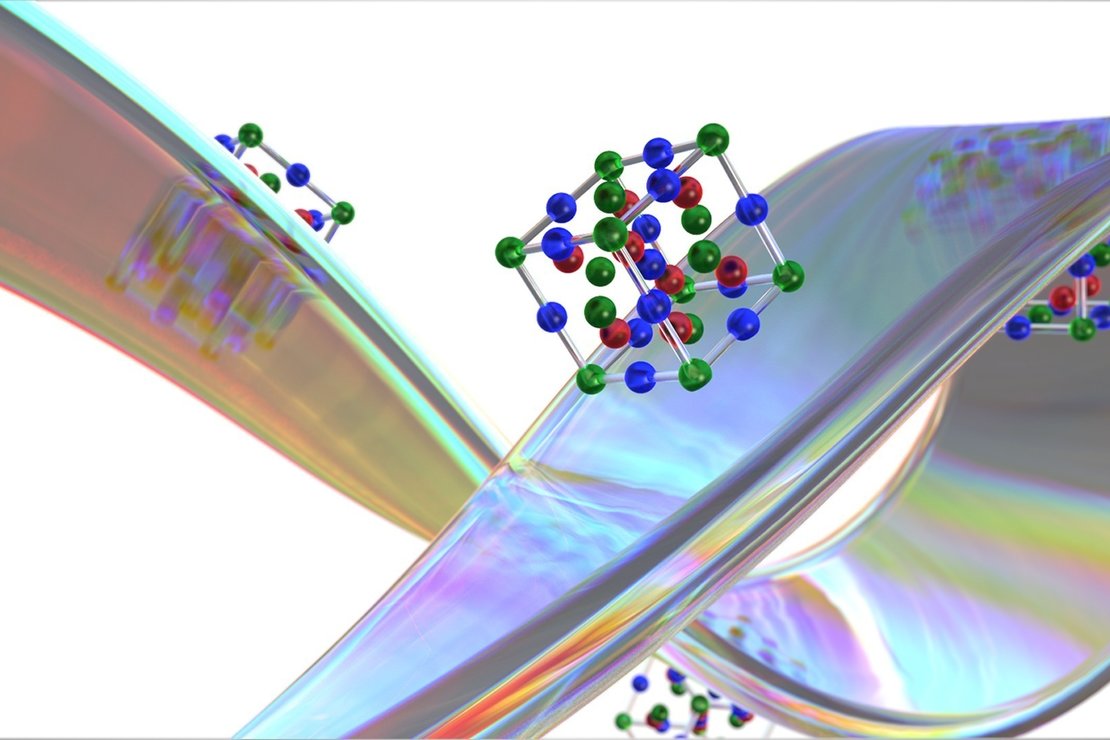
Topological Quantum Materials
The expertise of the solid-state chemistry group of Claudia Felser is the design, synthesis and investigation of topological quantum materials. New classes of quantum materials are found in insulators and semimetals that exhibit non-trivial topologies: they display a plethora of novel phenomena including: topological surface states; new Fermions such as Weyl, Dirac, chiral Fermions or Majorana. Beyond a single particle picture we started to investigate topological magnetic materials including non-collinear spin textures such as Skyrmions. Beyond their exceptional transport properties, the properties of single crystals with particular topological electronic structures can mimic phenomena found in high energy physics and cosmology. Selected materials will be grown as thin films and devices for the investigation of quantum effects for future quantum technologies.
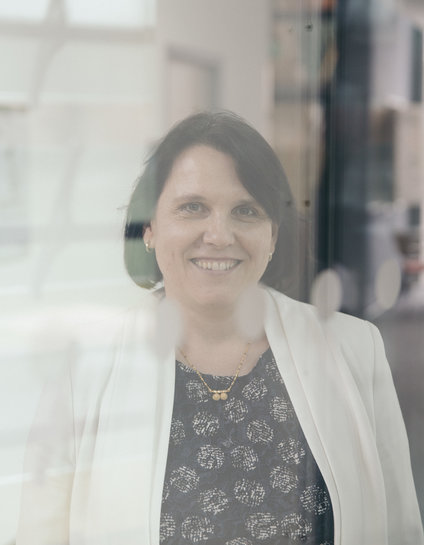
Prof. Claudia Felser
MPI for Chemical Physics of Solids, Dresden
Scientific Director
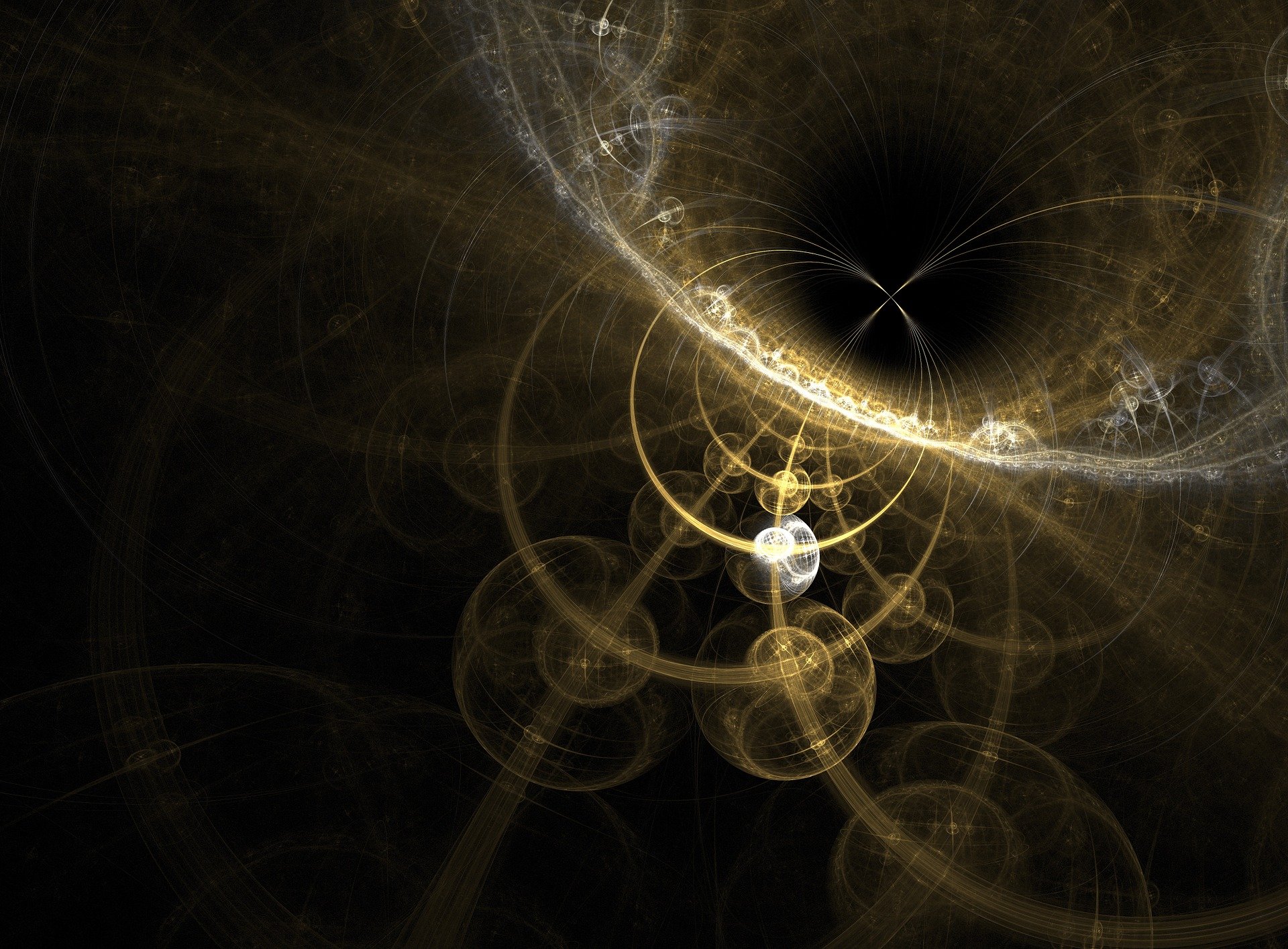
Cooperative Quantum Phenomena
The independent research group “Cooperative Quantum Phenomena” conducts research on strongly coupled light-matter platforms. In one particular direction, we aim at providing theoretical toolboxes to design and describe quantum vacuum-dressed materials with enhanced properties such as energy and charge transport and transfer. The theoretical tools of choice are quantum Langevin equations tailored to include electron-phonon and electron-vibron couplings, such as arising when molecules interact with light. Another direction aims at large bandwidth quantum sensing in optomechanical systems subject to cooling dynamics via electronic feedback.
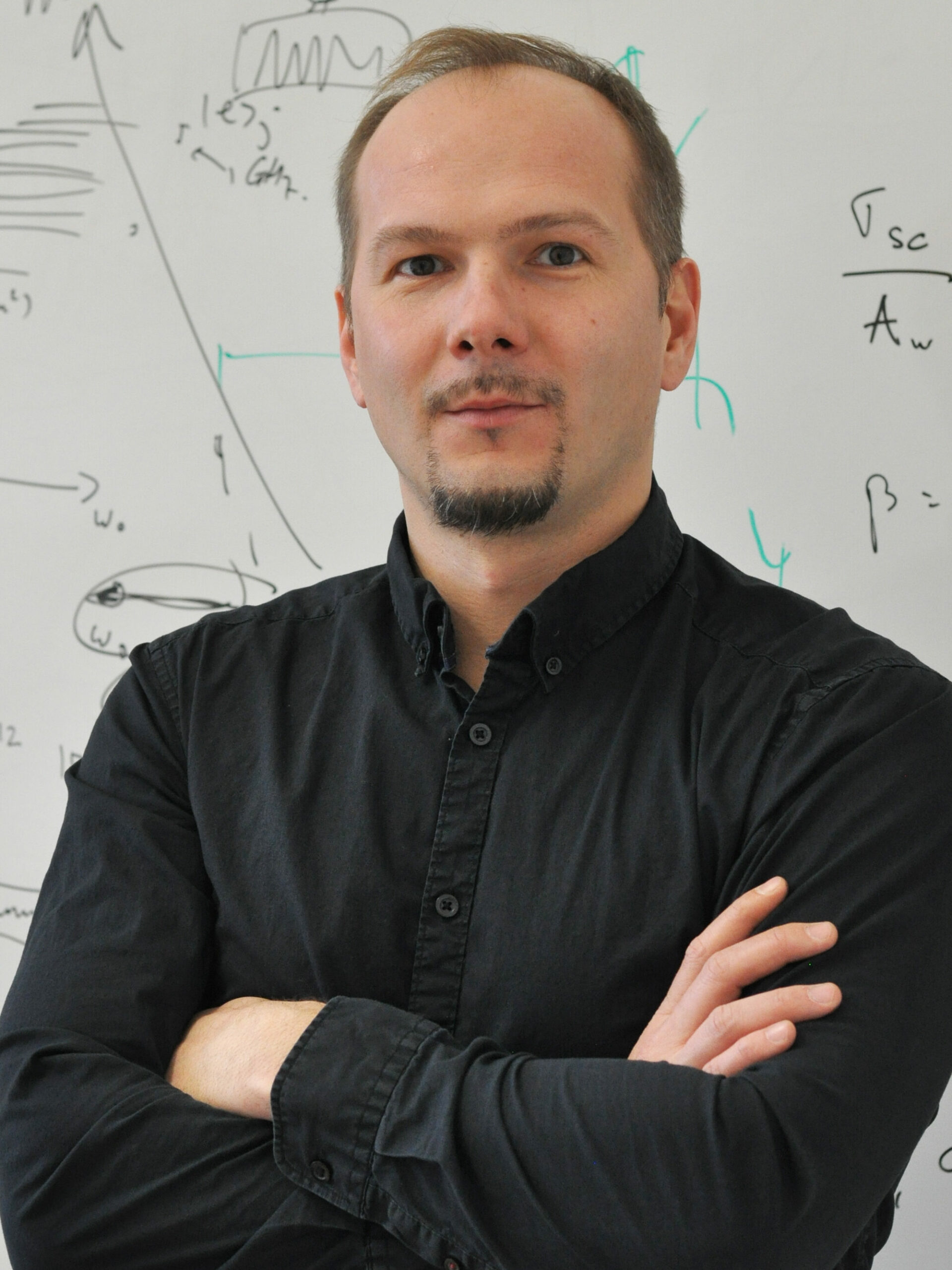
Dr. Claudiu Genes
MPI for the Science of Light, Erlangen
Max Planck Research Group Leader
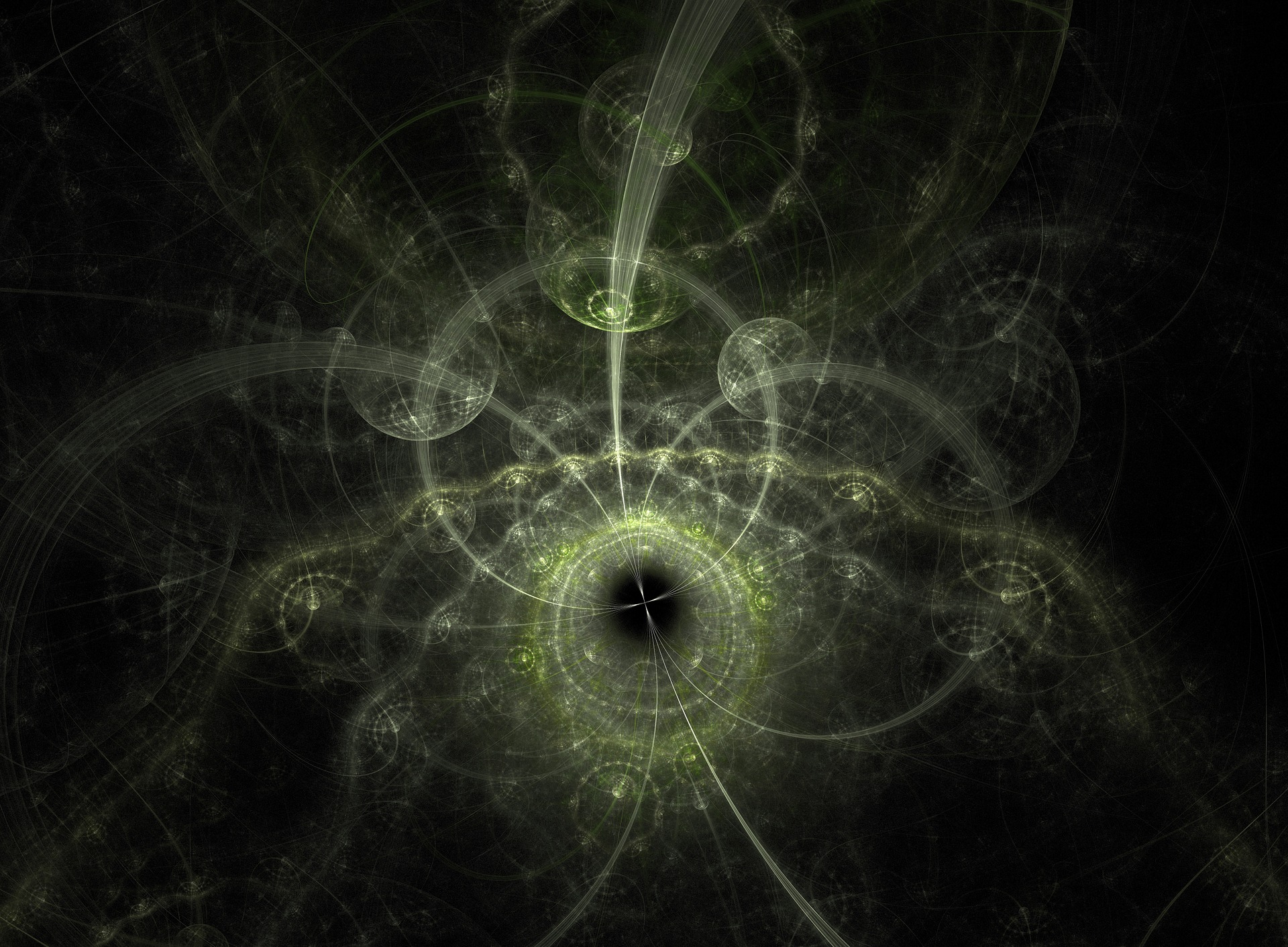
Quantum Materials and Devices
from the Macro to the Nanoscale
Johannes Gooth leads the independent Max Planck Research Group “Nanostructured Quantum Matter” at the Max Planck Institute for Chemical Physics of Solids. His group experimentally investigates novel quantum matter from the macro to the nanoscale. Of particular interest are topological materials in which the electronic excitations are effectively described by relativistic quantum field theory to explore the relation between thermal gradients and gravity, the quantum Hall effect in three dimensions, correlated topological states and novel quasi-particles.
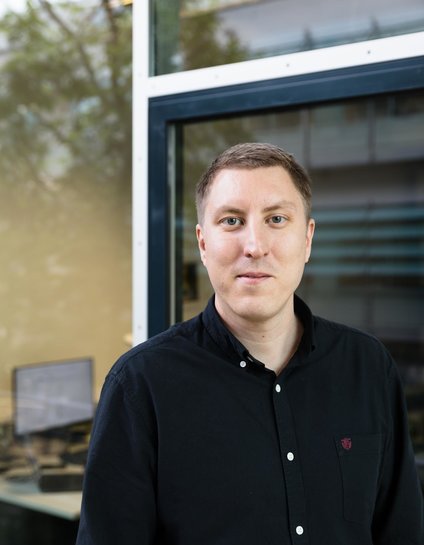
Dr. Johannes Gooth
MPI for Chemical Physics of Solids, Dresden
Group Leader
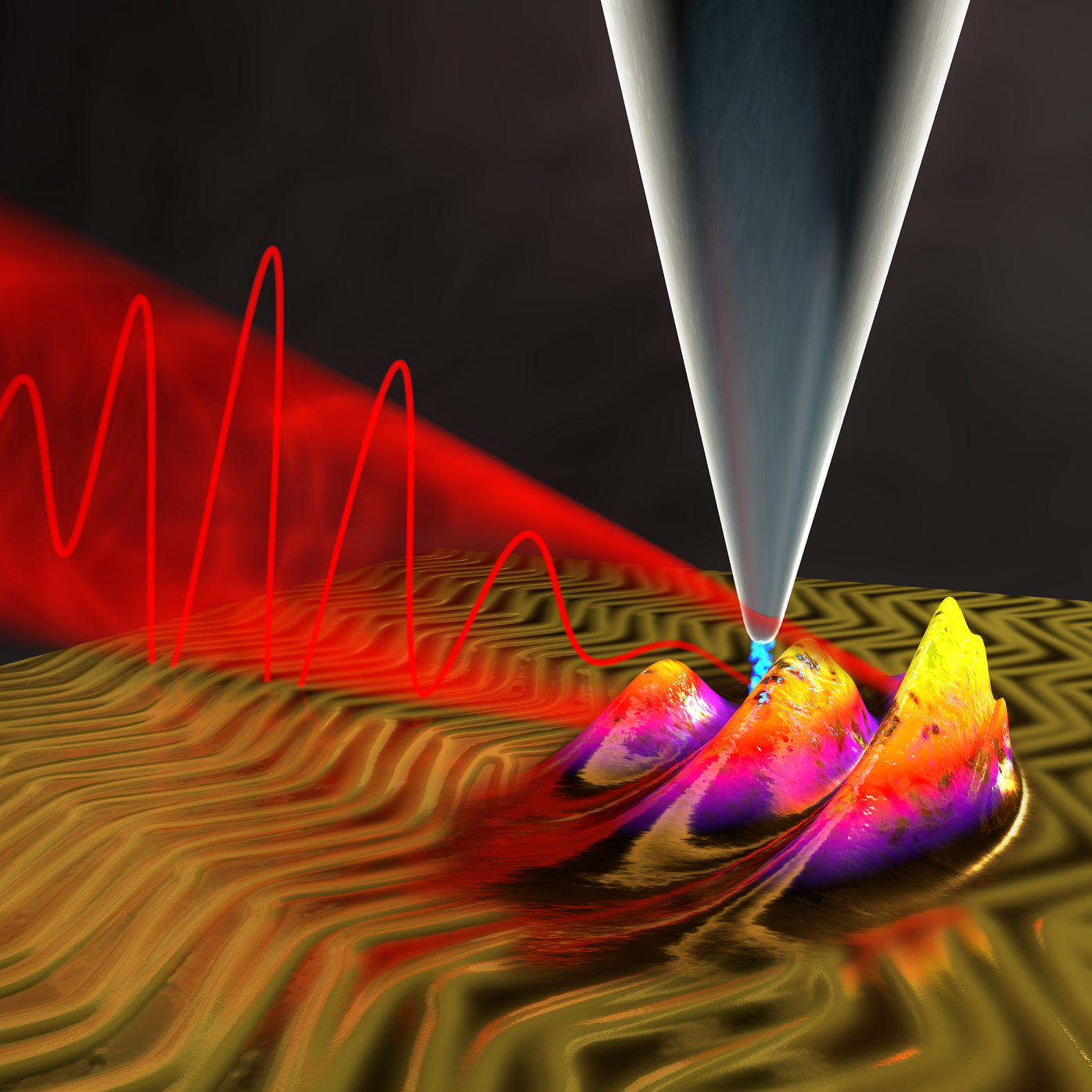
Nanoscale Science with a focus on systems determined by quantum behavior
Klaus Kern heads the Nanoscale Science Department at the Max Planck Institute for Solid State Research. We address the fundamental properties of nanostructures at the single atomic and molecular level in order to characterize physical and chemical properties atom by atom. Our experiments provide an important benchmark for the understanding of quantum physics in nanostructures.
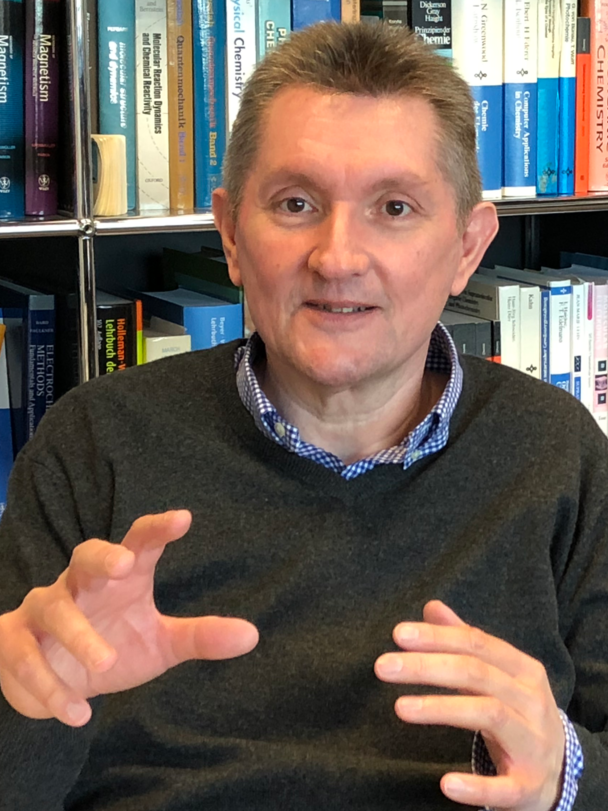
Prof. Klaus Kern
MPI for Solid State Research, Stuttgart Scientific Director
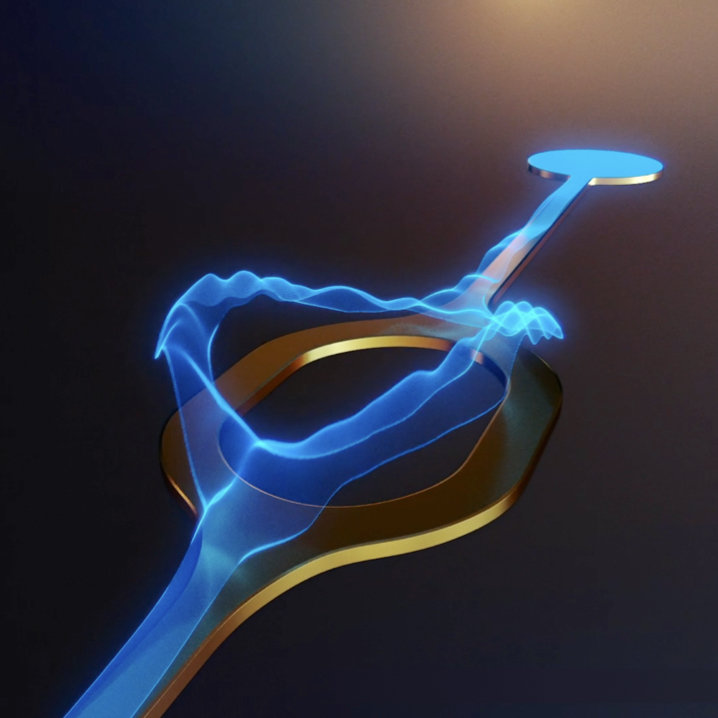
Non-unitary Quantum Electronics
Utilising individual quantum decoherence processes opens the door to fascinating quantum electronic and quantum optical devices. These have functionalities that are found exclusively in the transition regime between quantum mechanics and classical physics; otherwise these functions are precluded by fundamental laws of nature.
The department explores such quantum electronic devices and related quantum materials both experimentally and by model calculations. In our work, we pipeline the unitary evolution of electron quantum states with individual non-unitary processes that cause phase memory loss and interrupt the coherent propagation of electrons.
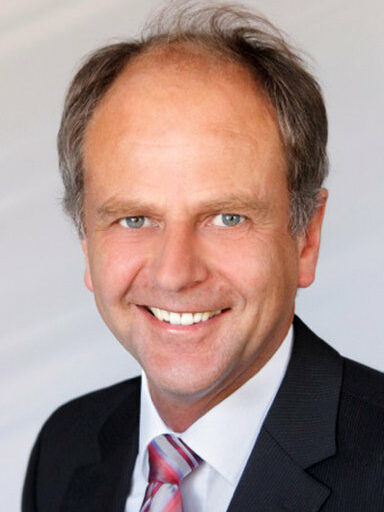
Prof. Jochen Mannhart
MPI for Solid State Research, Stuttgart Scientific Director
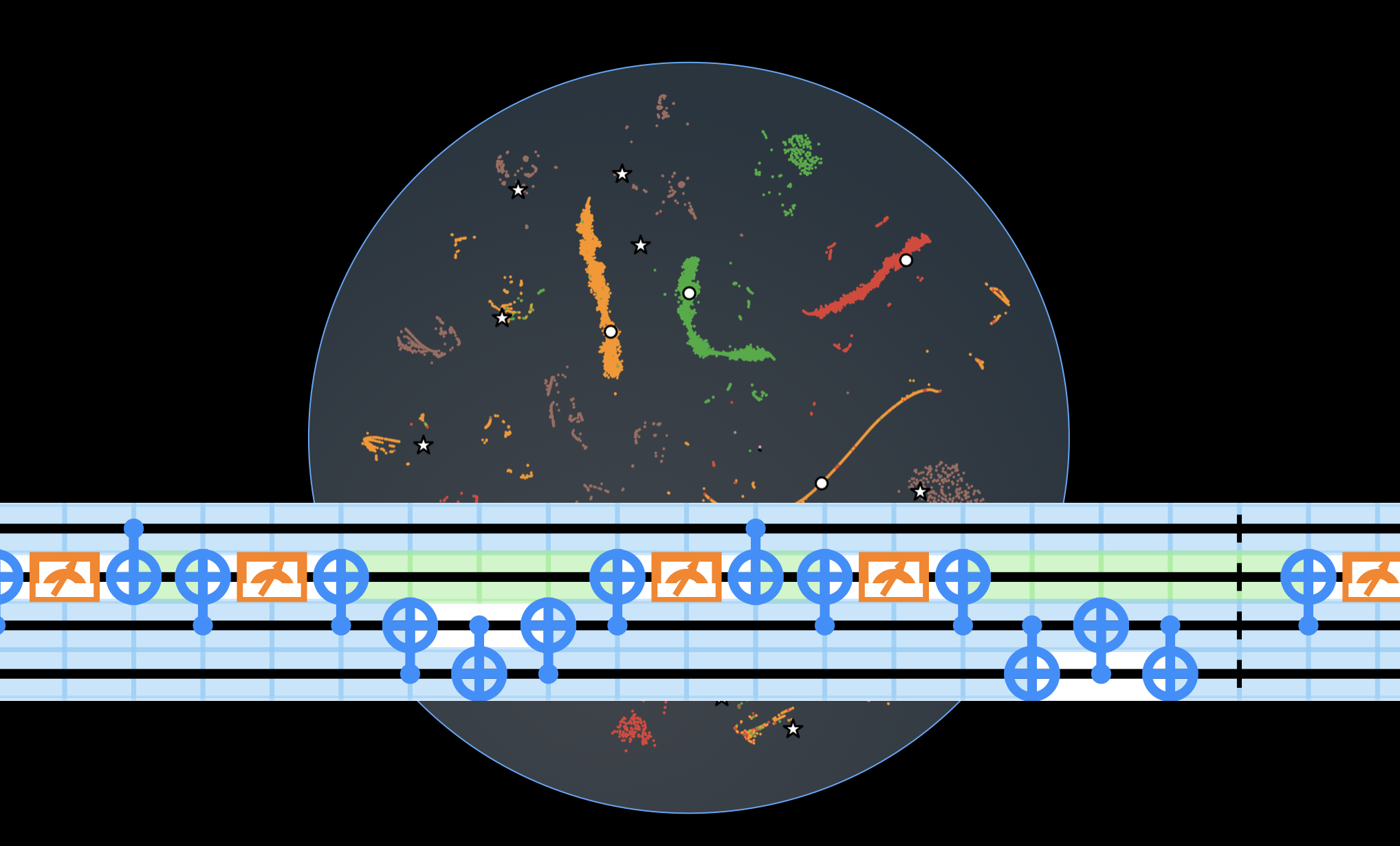
Theory of Quantum Light-Matter Interfaces and Machine Learning for Quantum Devices
Florian Marquardt leads the theory division at the Max Planck Institute for the Science of Light. His group pursues novel concepts for exploiting light-matter interactions at the quantum level to design interfaces that couple different quantum systems, especially in the domains of nanophysics and quantum optics. One prominent focus have been optomechanical systems, involving light and motion. On a methodical level, the group explores the use of new machine-learning-based approaches to the control, design, optimization and study of quantum devices, such as those used for quantum information processing and quantum simulation.
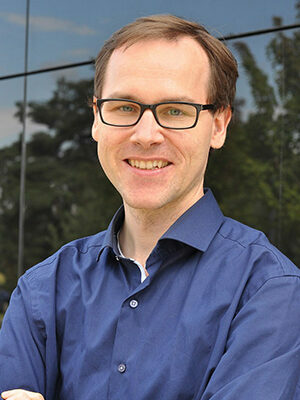
Prof. Florian Marquardt
MPI for the Science of Light, Erlangen
Scientific Director
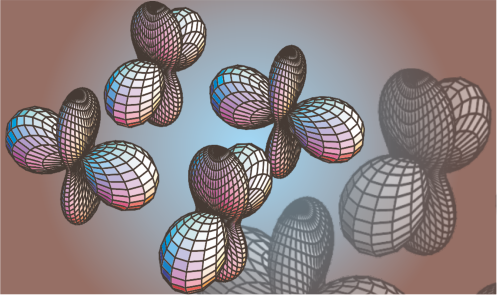
Quantum Many-body Theory
Our group analyzes and computes electronic properties of quantum materials with a main focus on systems where electronic correlations play a crucial role. We are particularly interested in high temperature superconductors with their complex interplay of magnetic, superconducting and charge correlations. Moreover, topological insulators, semimetals and superconductors are a major research topic in our department. Besides bulk properties of one-, two-, and three-dimensional systems, we also study surface states of topological quantum phases and electronic transport in nano-structured quantum devices. The correlation problem is attacked with a broad spectrum of numerical and field-theoretical techniques.
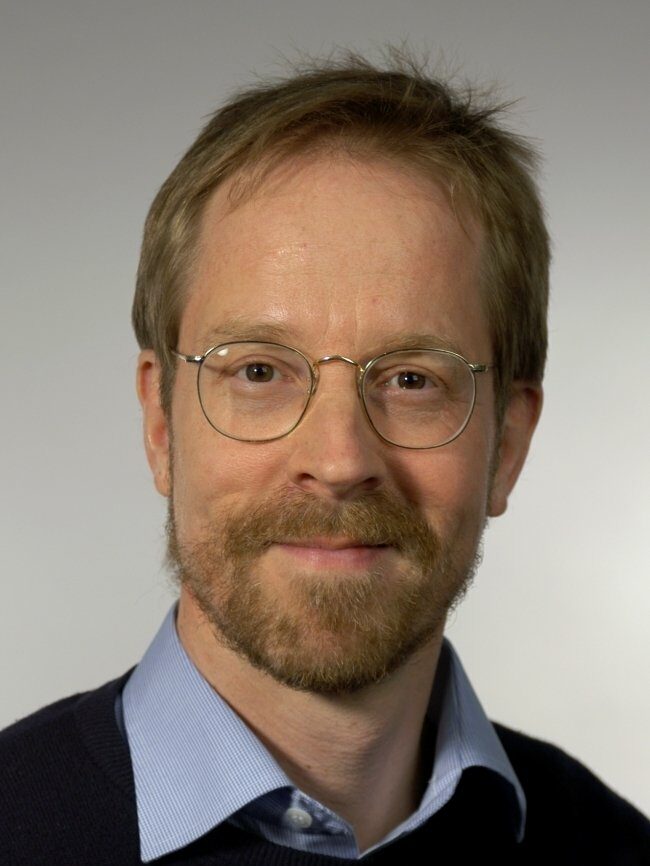
Prof. Walter Metzner
MPI for Solid State Research, Stuttgart Scientific Director

Atomically Engineered Quantum Materials for Spintronics and Neuromorphic Computing
The department led by Stuart Parkin has substantial experimental research programs that are focused on atomic engineering of quantum materials. Of particular interest are applications for spintronic technologies, neuromorphic computing, and topological quantum information. The institute has a leading expertise in the deposition of atomically-thin films and heterostructures using various techniques ranging from molecular beam epitaxy, pulsed laser deposition, magnetron and ion beam sputtering to atomic layer deposition. Further research lines that overlap with QST are systems with unconventional high-temperature superconductivity; unusual magnetic textures such as non-collinear magnetism and skyrmions; and materials that only exist at interfaces or on very short time-scales.
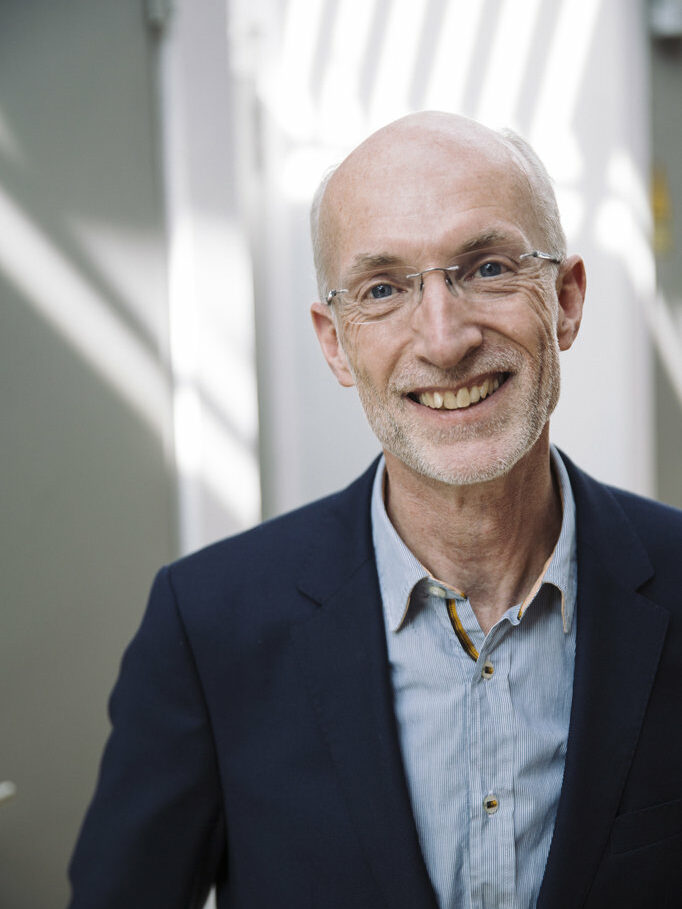
Prof. Stuart S. P. Parkin
MPI of Microstructure Physics, Halle
Scientific Director
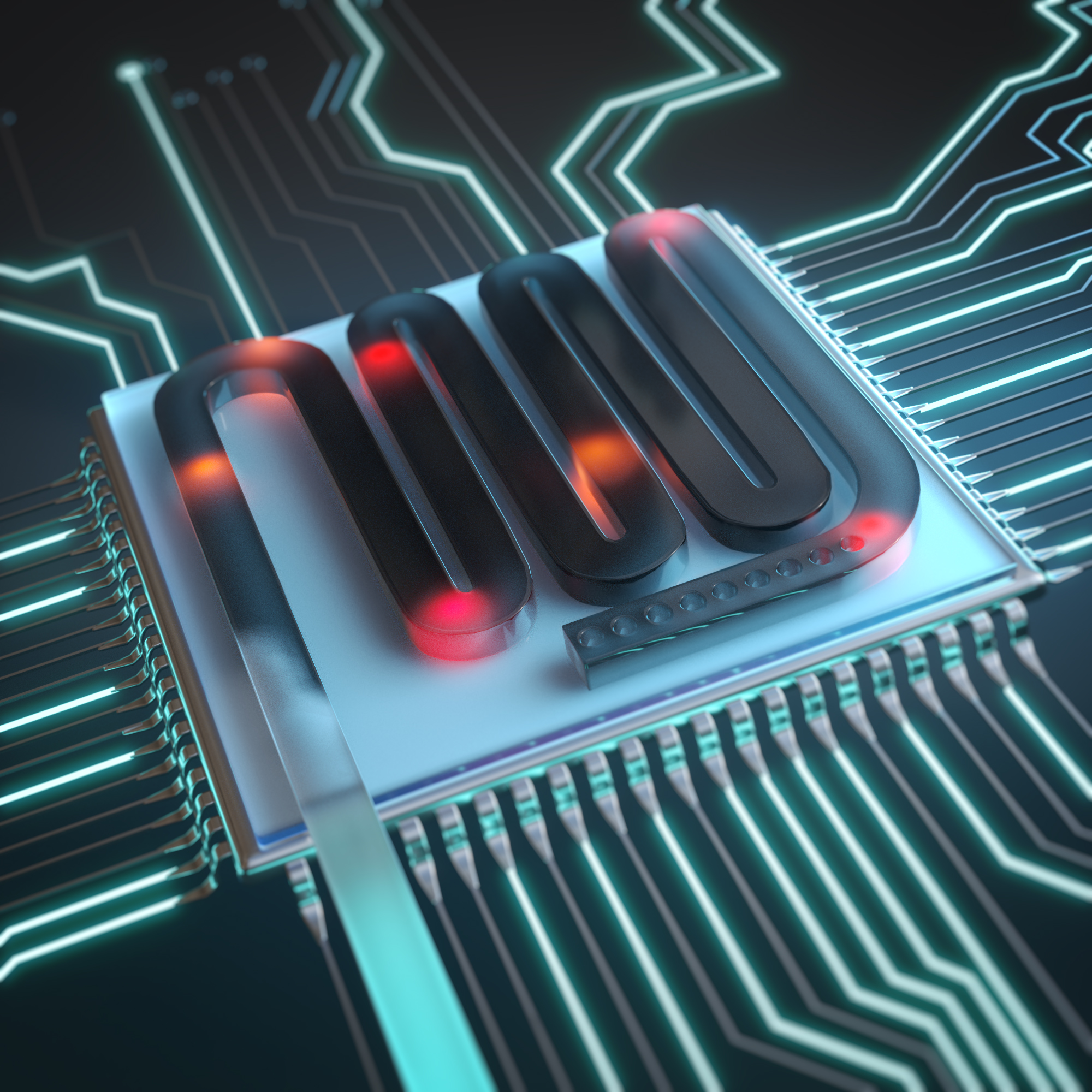
Quantum Networks Group
A future quantum internet will allow users to perform tasks and to interact in ways which are not possible with present-day technology. To implement such network, our group has pioneered a novel hardware platform, in which individual erbium dopants in microscopic or nanophotonic resonators are coupled to optical photons at telecommunication wavelength. Here, the transmission of optical fibers over 100 km is 40 orders of magnitude higher than at visible frequencies. In combination with the exceptional coherence of erbium dopants, our system shows great promise to realize global quantum networks via quantum repeaters.

Dr. Andreas Reiserer
MPI of Quantum Optics, Garching
Group Leader
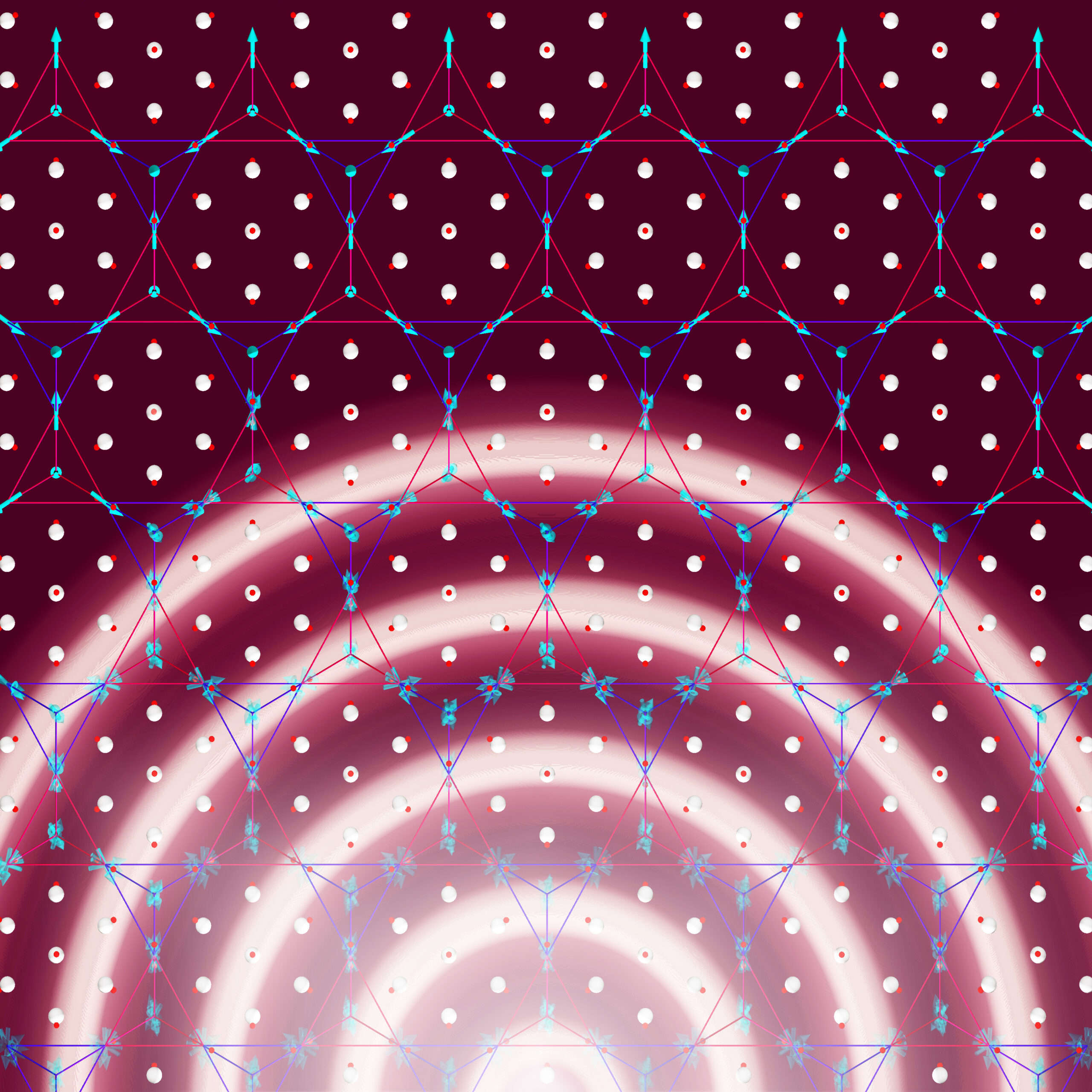
New States of Matter – a Theoretical Approach to Engineer Quantum Materials with Light and Cavities
The electronic and structural properties of advanced materials, nanostructures and molecular complexes are the focus of the Theory Department’s work. Researchers focus on developing novel theoretical tools and computational codes to investigate and control the electronic response of such systems to arbitrary time-dependent external electromagnetic (quantum) fields. We aim to provide a detailed, efficient, and at the same time accurate microscopic approach for the ab-initio description and control of the dynamics of decoherence and dissipation in quantum many-body systems. We seek to characterize new non-equilibrium states of matter.

Prof. Angel Rubio
MPI for the Structure and Dynamics of Matter, Hamburg
Scientific Director

Molecular Quantum Optics
Vahid Sandoghdar leads the Nano-Optics division of the Max Planck Institute for the Science of Light. The research of his group aims to advance experimental and theoretical mastery of light-matter interaction at the nanometer scale and to achieve the same degree of control and finesse that is known from the gas-phase quantum optics in the condensed phase with a special emphasis on molecules as quantum emitters. To do this, the group combines concepts from quantum optics, laser spectroscopy, cryogenics, optical imaging, scanning probe technology and nanofluidics.
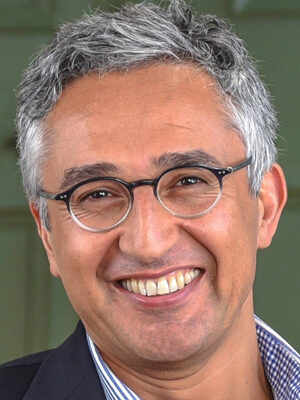
Prof. Vahid Sandoghdar
MPI for the Science of Light, Erlangen
Scientific Director
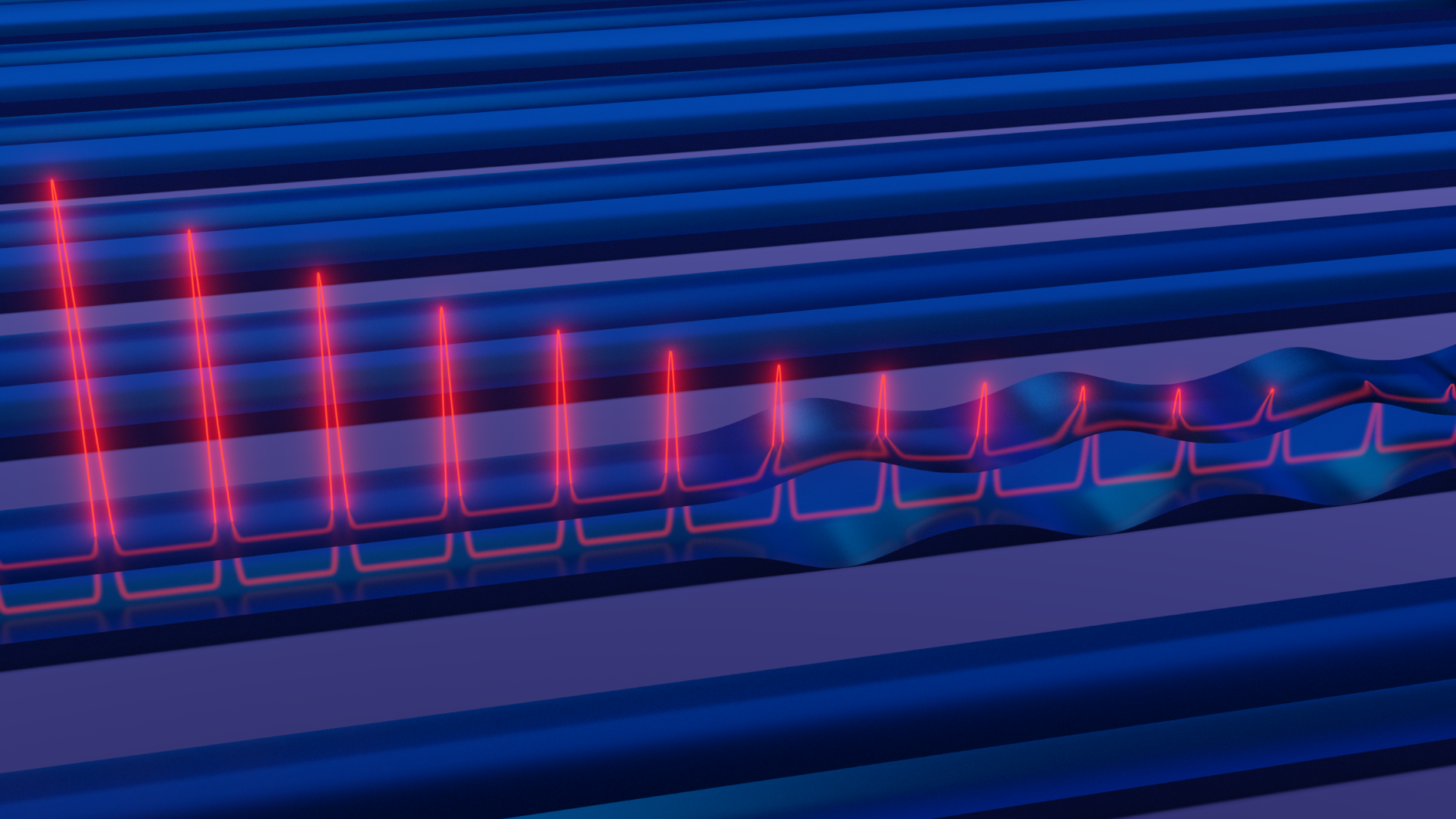
Experimental Quantum Optoacoustics
Birgit Stiller is head of the independent research group “Quantum Optoacoustics”. The group’s research topics span from nonlinear optics to quantum optics with a focus on light-sound interactions and waveguide optomechanics. The physics of optical waves interacting with acoustic or mechanic vibrations is fascinating because it links two very different domains in terms of frequency, velocity, dissipation and other properties. They explore this interaction experimentally at the classical and quantum level with suitably engineered microstructured fibres and nanowaveguides to manipulate, in this way, light states. Their proof-of-concept experiments aim to contribute to promising applications in light memories and quantum information processing within the large field of quantum technologies.

Dr. Birgit Stiller
MPI for the Science of Light, Erlangen
Max Planck Research Group Leader
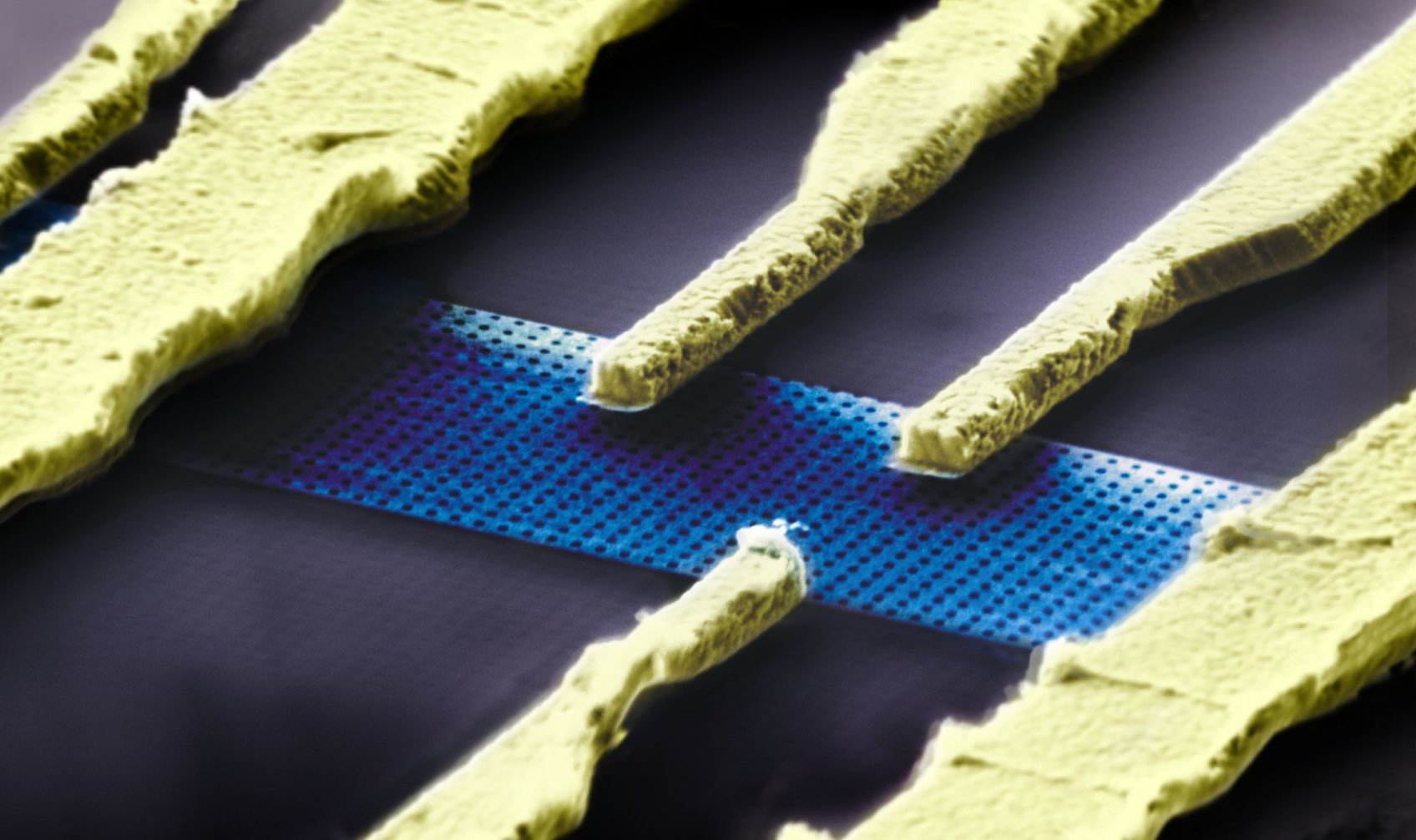
Correlated Ground States and Interfacial Interactions in Van der Waals Heterostructures
The Solid State Nano Physics Group exploits the virtues of Van der Waals stacking and encapsulation of 2D materials to explore and generate correlated phases of matter that result from interfacial interactions due to for instance Moiré superlattice potentials, spin orbit coupling and magnetic exchange. Exceptional carrier density tunabilities are achieved in dual gated heterostructures as well as through on-chip reversible intercalation of ions to transfer charge to the 2D materials. Characterization proceeds primarily with ultralow temperature transport and optical probes. These studies focus among others on unconventional superconductivity, charge density wave physics, fractional quantum Hall physics and spin or topology related phenomena.

Dr. Jurgen Smet
MPI for Solid State Research, Stuttgart Group Leader

Theory of Hybrid Quantum Systems
Silvia Viola Kusminskiy leads the independent research group “Theory of Hybrid Quantum Systems”. We focus on the coherent interaction between light and collective excitations in condensed matter systems at the micro/nanoscale, using analytical and computational techniques. Our interest lies in particular on hybrid quantum systems based on magnetically ordered solids. We are interested in understanding and tailoring the interactions as well as the dynamics of these systems, in order to unravel quantum phenomena at unprecedented scales. This line of research brings together concepts of Condensed Matter and Quantum Optics, and is promising for applications in new quantum technologies.
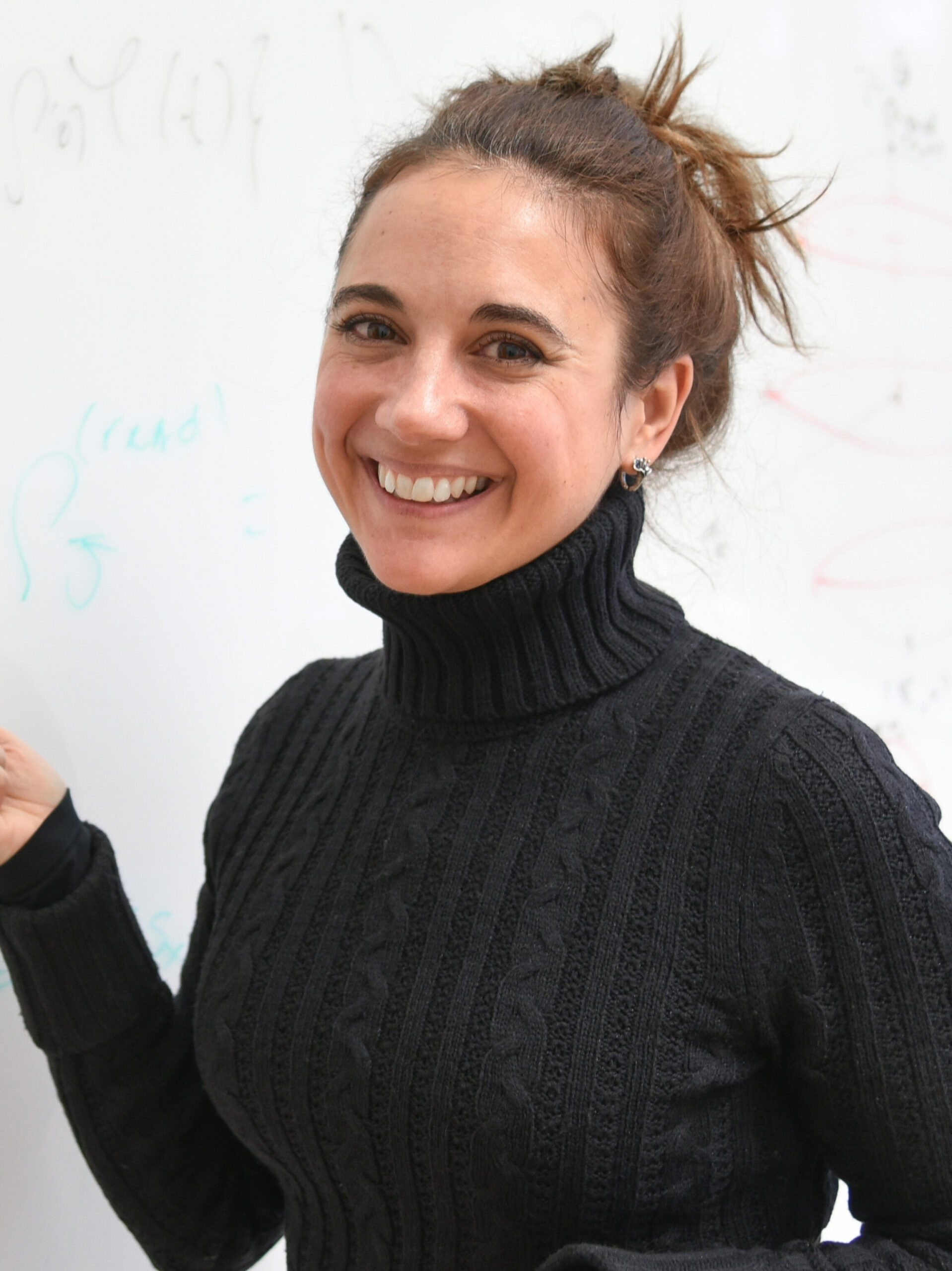
Silvia Viola Kusminskiy, PhD
MPI for the Science of Light, Erlangen
Max Planck Research Group Leader

Solid-state Quantum Spintronics and Quantum Optics
Jörg Wrachtrup and his group pursue research on solid-state quantum spintronics and quantum optics. Specifically, the group focuses on the synthesis and utilization of isolated solid-state spin systems for quantum technology like nanoscale quantum sensing, as well as quantum information processing. Spin systems are assembled atom-by-atom and integrated into control structures and specifically designed photonic environments. The group utilizes quantum algorithms for enhanced signal processing, as well as single dopant atoms for nanoscale precision sensing for material science.
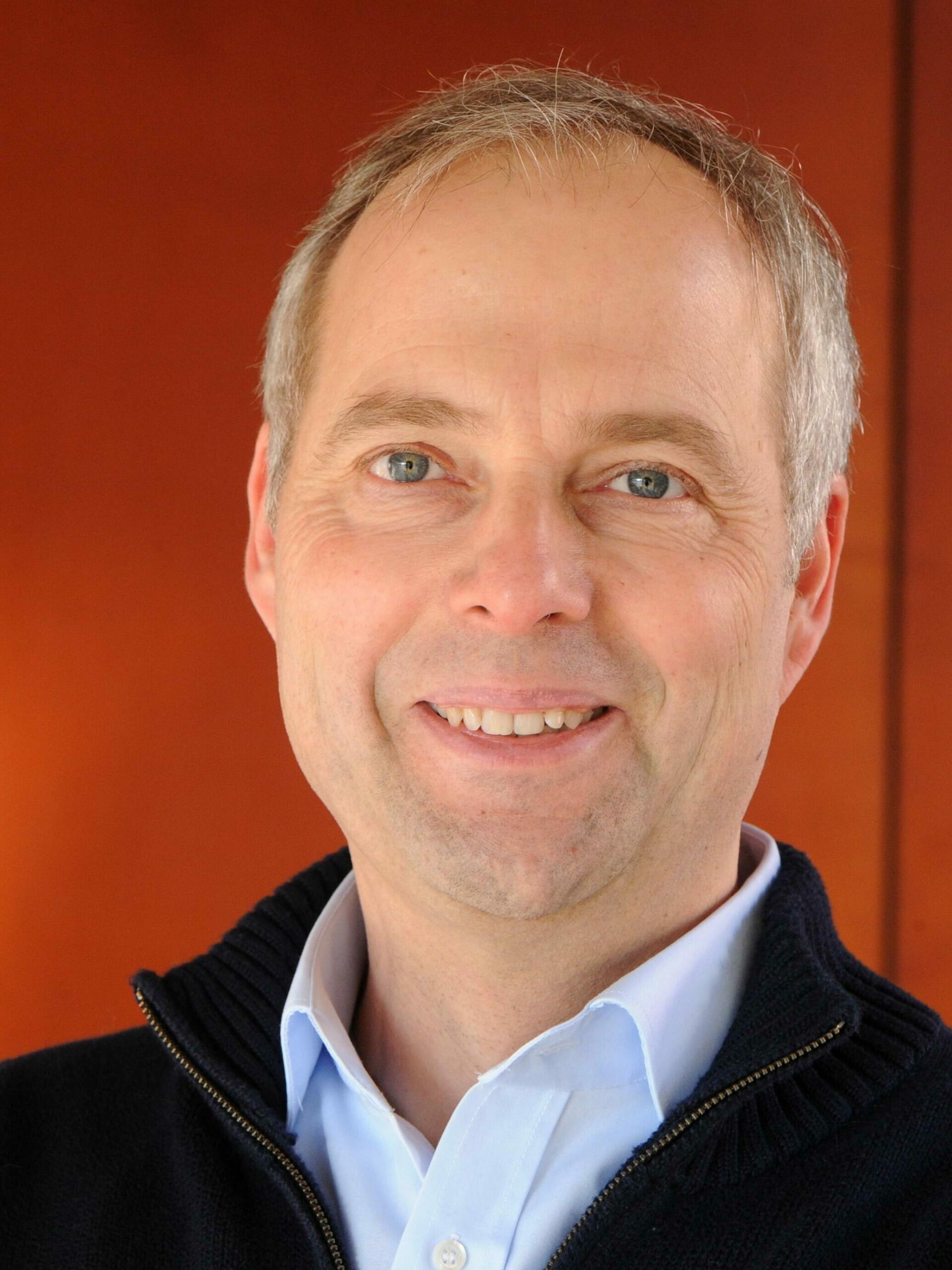
Prof. Jörg Wrachtrup
University of Stuttgart
Max Planck Fellow